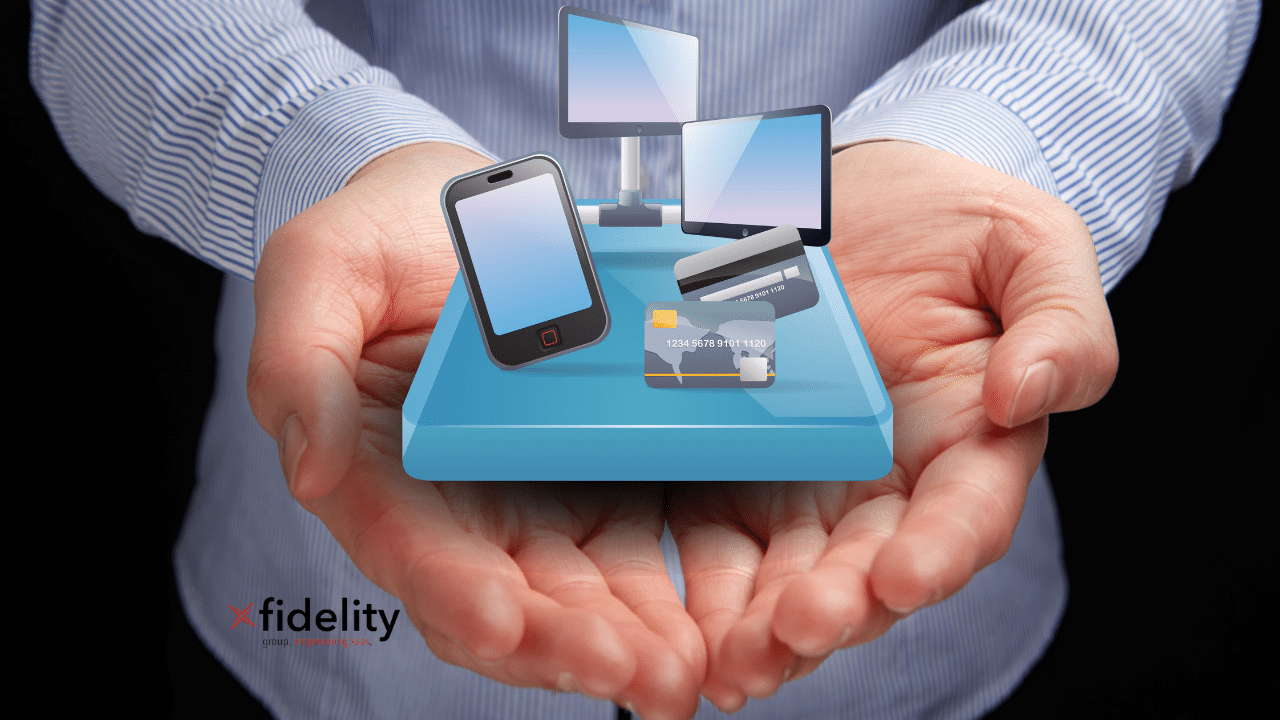The pandemic has sped up the transition of businesses into more flexible environments. In fact, according to a global study done by Steel Case, 72 percent of companies around the world either expect a hybrid work arrangement or are already implementing it. Hybrid arrangements, of course, is the term used to describe a combination of office and remote work.
Several considerations need to align to provide seamless productivity and collaboration in this modern business scenario. One of the most important of these considerations is communications.
When it comes to keeping the workforce connected, even amidst hybrid arrangements, VoWi-Fi or voice over Wi-Fi is one of the critical technologies companies can take advantage of.
But what exactly is VoWi-Fi? How does it work? How can it help businesses? This article will answer all these and more.
What Is VoWi-Fi?
VoWi-Fi is a technology that allows users to make and receive calls even without using a mobile signal. As the term voice over Wi-Fi implies, calls can go through using only broadband or other wireless internet connection. This technology is also referred to as VoWi-Fi calling or just Wi-Fi calling.
On the surface, Wi-Fi calling works just like a regular call in that a user straight up dials a number and the technology works on its own, without the use of any special applications.
The difference lies in how the call is transmitted. Instead of going through the usual mobile or cell towers, the call uses the Wi-Fi network and the internet to connect the call.
The VoWi-Fi technology has far-reaching applications across consumer and commercial sectors. It has become beneficial now that the business landscape has shifted into more remote opportunities and that people are still careful about meeting in social gatherings.
What are the benefits of VoWi-Fi for business?
Although VoWi-FI can be used in private or consumer applications, its full advantages can be maximised in business environments. The following are the most notable benefits of VoWi-Fi in the commercial setting:
Unparalleled Connectivity
Mobile signals can be intermittent. In some areas, users can experience complete signal drops without warning. When a user is in a call, the call will be cut if the signal disappears. VoWi-Fi can address this concern.
Internet, especially broadband connections, are far more stable than signals from a cell tower. As long as you have an internet connection, you can make calls effortlessly without the risk of dropping out. This is a game-changer in locations where mobile signals are entirely unreliable.
When inclement weather or other natural calamities have affected the signal coming from cell towers, VoWi-Fi can still be used, as long as the internet connection works. In commercial environments, entrepreneurs can use VoWi-Fi as part of their business continuity plans as a way to stay connected to employees, customers, and stakeholders.
Ease of use
VoWi-Fi is accessible to anyone, as long as their device is capable of it. Users do not need additional or special applications or equipment to make or receive VoWi-Fi calls. This accessibility extends to the person on the other line, who also does not need extra applications or tools.
Although apps like Viber or Messenger allow calls and messages using the internet, the person on the other end also needs to have these apps installed and register an account to respond to the call. With VoWi-Fi, calls are just like normal, mobile calls. People with zero tech experience can make or receive Wi-Fi calls.
Businesses that want to use VoWi-Fi calling as part of their operations do not need to conduct additional training for employee users. Often, using new applications require training or, at least, information campaigns, which have related costs. New applications also typically need some time allocated for transition. VoWi-Fi addresses all these concerns.
Exceptional quality
Since VoWi-Fi calling does not rely on wavering signals; it can sustain better call quality. In fact, HD voice or High-Definition voice is one of the features of VoWi-Fi calls. This is because the internet can carry more data over the network, allowing users to take full advantage of the more stable connections.
HD Voice calls have lower background noise and clearer audio connections overall. This is critical for businesses that need constant and clear communication within their teams. The clarity and quality of VoWi-Fi calling increases productivity and collaboration.
Seamless transitions
Picture a user using the VoWi-Fi call feature on their phone, walking around the house. The user then reaches an area in the backyard that the Wi-Fi signal does not reach. Does the call drop? Fortunately, it does not. Instead, the device seamlessly transitions into the mobile connection and continues the call without hassle.
The same is true with the reverse. A user, for example, is walking towards their office while speaking with an important client on the phone. Once the user arrives at the office and the device recognises the building’s Wi-Fi, it automatically switches to VoWi-Fi calling without cutting the call. The user immediately has access to a more stable connection with better audio quality.
These seamless transitions are essential for companies and entrepreneurs who spend long hours in calls. It reduces the need to be conscious of which connection to use, which is especially useful for users who often multi-task while on business calls.
Lower costs
VoWi-Fi lowers communication costs. A lot of communication or messaging apps for businesses require subscription fees. Depending on the company’s size, those fees can scale up to frightening heights. VoWi-Fi helps reduce those costs by offering a viable alternative.
VoWi-Fi calls use existing internet networks to connect users. These networks include personal or home broadband connections, Wi-Fi hotspots, or public networks. Even if the user takes advantage of the Wi-Fi network in the office, the business takes on that particular connection’s cost. So VoWi-Fi calls essentially come at no extra cost.
The seamless transition of calls also adds to this cost-saving benefit. VoWi-Fi calls prevent users from overusing their mobile data by automatically switching to recognised networks. If the user is constantly in places where Wi-Fi is available, they can virtually make or receive calls for free.
With the VoWi-Fi technology, businesses can avoid training costs for additional applications and expenses associated with downtime when a transition is required.
Improved security
Compared to other web communication apps that use passwords, VoWi-Fi calls offer improved security through SIM authentication mechanisms. During calls, the mobile service provider encrypts the conversation. It protects the connection even when the user is accessing public networks like a café or mall.
It is most beneficial for businesses that discuss sensitive information over calls. It is also helpful for companies who have or plan to have BYOD or bring your own device arrangements with employees.
No special security measures have to be taken to keep calls more secure, even if the employee uses their own mobile device. Additionally, this allows employees to use their device of choice wherever necessary.
Security can further improve with the help of other measures like a private APN.
Situations where VoWi-Fi is essential
Here are a few situations in which VoWi-Fi technology is most convenient for commercial applications.
- The office is located in an area that had just been devastated by a natural disaster. The business continuity plan is in effect. To ensure the safety of all the employees, the leadership uses VoWi-Fi calls to reach everyone.
- An entrepreneur is travelling to a remote location to secure a new business. The mobile signal is intermittent at best. They use VoWi-Fi technology to make and receive calls without sacrificing the quality of the call.
- To cut back on communication costs, a company decides to expand Wi-Fi coverage within the building. It reduces the resources allotted for the mobile plans of each employee. Every time the employees are in the office, they use the Wi-Fi network to make and receive calls.
- An executive needs to make an important call to discuss sensitive information outside work hours. However, they are at the mall and cannot access a private network. They use VoWi-Fi, knowing full well that the call will be secure.
- A manager needs to make a call, but their device is running on low battery. Since mobile phones use more power when the signal is weak, the manager chooses to use Wi-Fi calling instead. The manager can make their call with battery life to spare.
Conclusion
VoWi-Fi technology is becoming increasingly crucial for businesses as work settings shift to more hybrid and remote arrangements. Companies can save money, ensure security, and connect seamlessly with customers, investors, and employees by using existing networks to make and receive calls. Because of these benefits, VoWi-Fi calling capability is a worthy addition to a company’s business continuity plan.
If you wish to learn more about VoWi-Fi and other similar technologies, send us an email at h[email protected]. You may also access our contact page to get in touch.
Credit article and imagery: Gamma | www.gamma.co.uk











